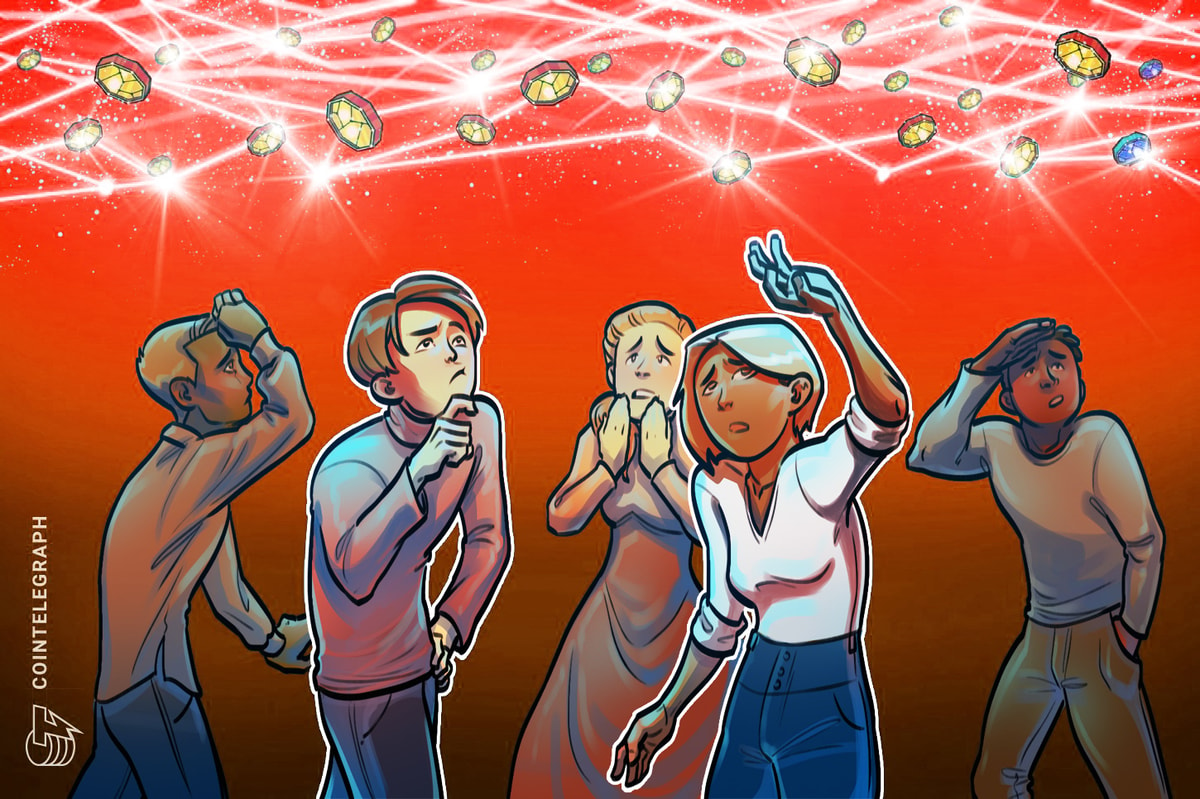Fed officials see more hikes needed though news on prices better
3 min read
Federal Reserve officials stressed the need to keep raising interest rates while acknowledging recent encouraging news on U.S. consumer prices.
The remarks on Tuesday, from two regional Fed presidents and two governors, maintained a carefully hawkish tone from policymakers that inflation remains too high, even as they signal a readiness to moderate the size of their rates hikes.
“There are glimmers of hope,” said Atlanta Fed chief Raphael Bostic in an essay posted on the Atlanta Fed website Tuesday, citing signs including slowing increases in goods prices. “I will need to see indicators of broad-based easing of inflation.”
The central bank raised its benchmark interest rate by 75 basis points on Nov. 2 for the fourth straight time, lifting the target range to 3.75% to 4% from near zero in March as it fights to curb the highest inflation in four decades. While Bostic didn’t comment specifically on the December policy meeting, markets broadly expect a half-point hike next month.
Bostic said the goal of monetary policy is to be “sufficiently restrictive to return inflation to our target,” adding that “we are not there now, and so I anticipate that more rate hikes will be needed.”
Financial markets were cheered by milder-than-expected consumer inflation last month, which provided hope that price pressures are starting to ease.
Data released last week showed consumer prices cooled by more than expected in October, with the consumer price index rising 7.7% from a year earlier versus 8.2% the month before.
Bostic highlighted that he wants to see slowing in the price gains of services as well as goods.
“So far, we haven’t,” he said, adding the key may be a better balance in the labor market, because service industries are labor intensive. But for now, “the labor market remains tight as openings still far exceed the number of job seekers. That creates upward pressure on wages,” he said.
He also noted the Fed’s policy committee added to its most recent statement a comment that monetary policy works with a lag. He said the precise lag between policy action and impact on prices is uncertain and by some estimates it could be “18 months to two years” to bring down inflation.
That means the Fed will need to “calibrate policy today knowing we won’t see its full impact on inflation for months. In those circumstances, we must look to economic signals other than inflation as guideposts along our path.”
The tightening campaign is the most aggressive since the 1980s and several Fed officials have begun suggesting the moment to moderate is growing near, while stressing this won’t signal an end to rate hikes.
Philadelphia Fed President Patrick Harker said earlier Tuesday he expects officials to slow the pace of their interest-rate increases “in the upcoming months,” as monetary policy approaches a sufficiently restrictive level.
That echoed Fed Vice Chair Lael Brainard, told a Monday event “it will probably be appropriate soon to move to a slower pace of increases,” while noting officials have additional work to do.
Rate hikes have yet to cool the hot labor market. Employers added 261,000 new jobs in October while unemployment at 3.7% remains low — helping support consumer confidence and spending.
Harker said there are signs the economy is starting to decelerate, even as the job market remains hot.
“Credit card purchase data indicate that consumer spending, which comprises around 70% of economic activity in the United States, is slowing, with services and retail leading the decline,” he said. “Investment in housing has weakened, and even the boom in manufacturing, which has buoyed the economy, is starting to wane.”
During testimony before the Senate Banking Committee in Washington that was mostly focused on financial regulation, Fed vice chair for supervision Michael Barr cautioned the economy would take a hit as the central bank confronts high inflation.
“I think that it is the case that we are going to see significant softening in the economy,” he said during a lively exchange with Louisiana Republican Senator John Kennedy, who pressed him on the question of how high the unemployment rate could rise as the central bank tightens policy.
Fed officials in September forecast that unemployment will advance to 4.4% in 2023, according to their median projection.
Barr declined to comment on more pessimistic predictions that the jobless rate will in fact go much higher as a consequence of Fed actions, though he did agree that it would go up.
Kennedy’s response was concise: “Duh.”







